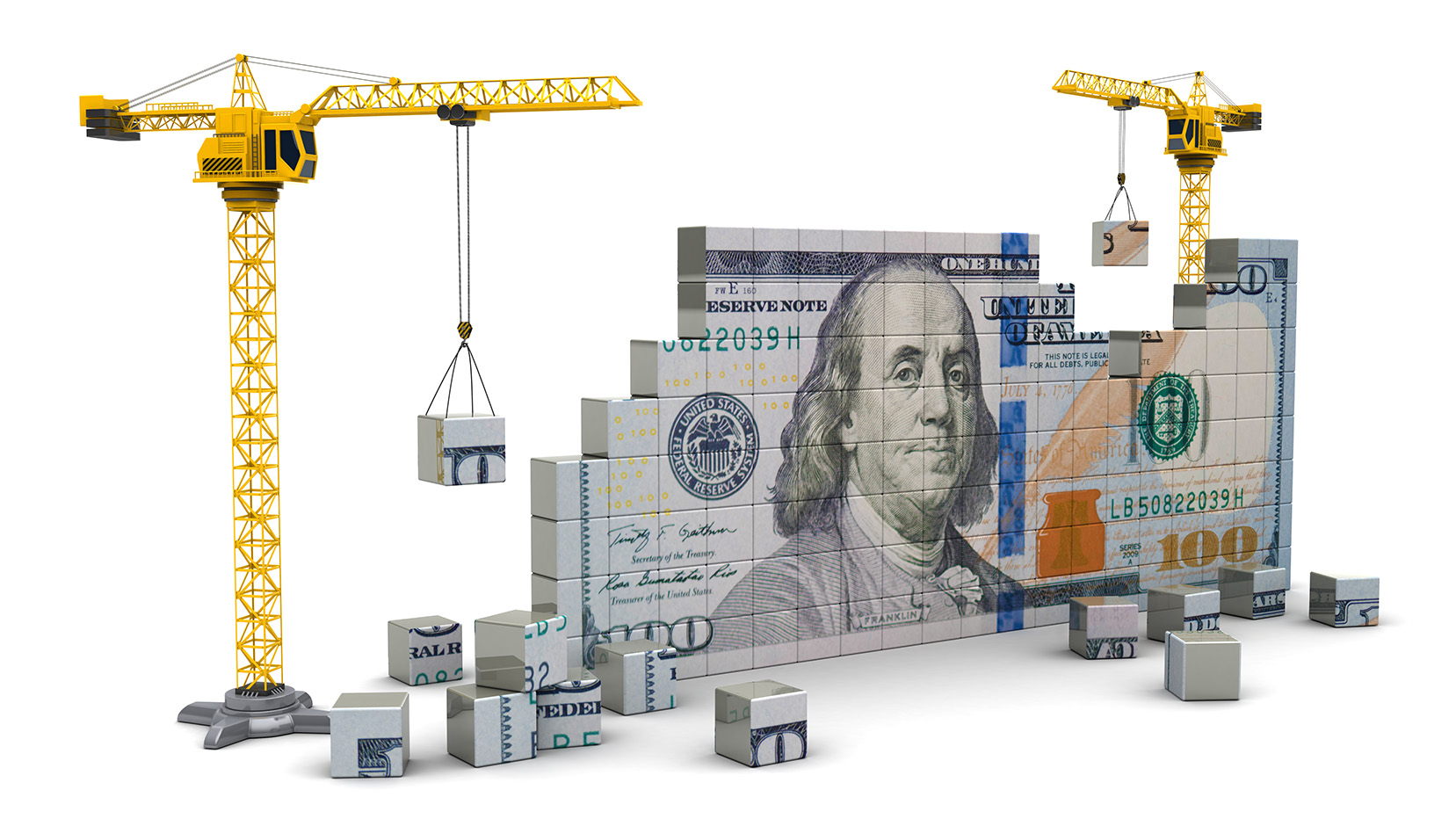The nonresidential construction sector stands at a crossroads as we anticipate imminent interest rate cuts. With slower inflation, a weakening job market, and lingering recession fears, industry stakeholders are carefully weighing their options. Let’s explore the current landscape and potential opportunities in this evolving market.
Interest Rate Cuts: A Catalyst for Growth?
As the Federal Reserve signals potential interest rate cuts, the nonresidential construction sector may see a boost in activity. Lower borrowing costs could incentivize project owners to move forward with plans that were previously on hold. This could particularly benefit sectors such as:
- Healthcare: With an aging population and ongoing need for modern medical facilities, healthcare construction may see increased investment.
- Warehousing and Distribution: E-commerce growth continues to drive demand for logistics infrastructure.
- Data Centers: The ongoing digital transformation across industries fuels the need for moredata storage andprocessing facilities.

- Renewable Energy: As sustainability becomes a priority, investments in solar farms, wind energy, and related infrastructure may accelerate.
Inflation and Labor Market Dynamics
Slower inflation provides some relief for construction costs, which have been a major concern in recent years. However, the impact is not uniform across all materials and may take time to fully materialize in the project budgets.
The weakening job market presents a double-edged sword for nonresidential construction:
- On one hand, it may ease the chronic labor shortages that have plagued the industry, potentially improving project timelines and reducing labor costs.
- Conversely, a weaker job market could signal reduced overall economic activity, potentially dampening demand for new commercial and industrial spaces.
Recession Fears and Strategic Planning
While recession fears linger, they’re prompting some forward-thinking owners to view this as an opportunity. Some strategies emerging include:
- Value Engineering: Focusing on cost-effective design and construction methods to maximize return on investment.
- Adaptive Reuse: Repurposing existing structures for new uses, often at lower costs than new construction.
- Phased Approaches: Breaking larger projects into stages to manage risk and adapt to changing economic conditions.
- Focus on Essentials: Prioritizing projects that address critical infrastructure needs or offer clear operational efficiencies.

Sectors Showing Resilience
Despite economic uncertainties, some nonresidential sectors are seeing continued interest:
- Education: Ongoing need for modernized learning spaces and student housing.
- Public Infrastructure: Government spending on roads, bridges, and utilities remains a priority.
- Life Sciences: Research facilities and biotech labs continue to attract investment.
- Multifamily Housing: While not strictly nonresidential, this sector often involves similar construction processes and may benefit from shifts in housing preferences.
Conclusion
The nonresidential construction outlook remains complex, with various economic factors pulling in different directions. While interest rate cuts may provide a stimulus, broader economic concerns continue to influence decision-making. Project owners and contractors who can navigate this uncertainty – leveraging opportunities while managing risks – will be best positioned for success in the coming months.
KBCm can help you monitor economic indicators and facilitate financial and operational strategies to not only offset expenses but to also work within your preliminary budget. Reach out to Skyler at 940-366-2231 to learn more.



